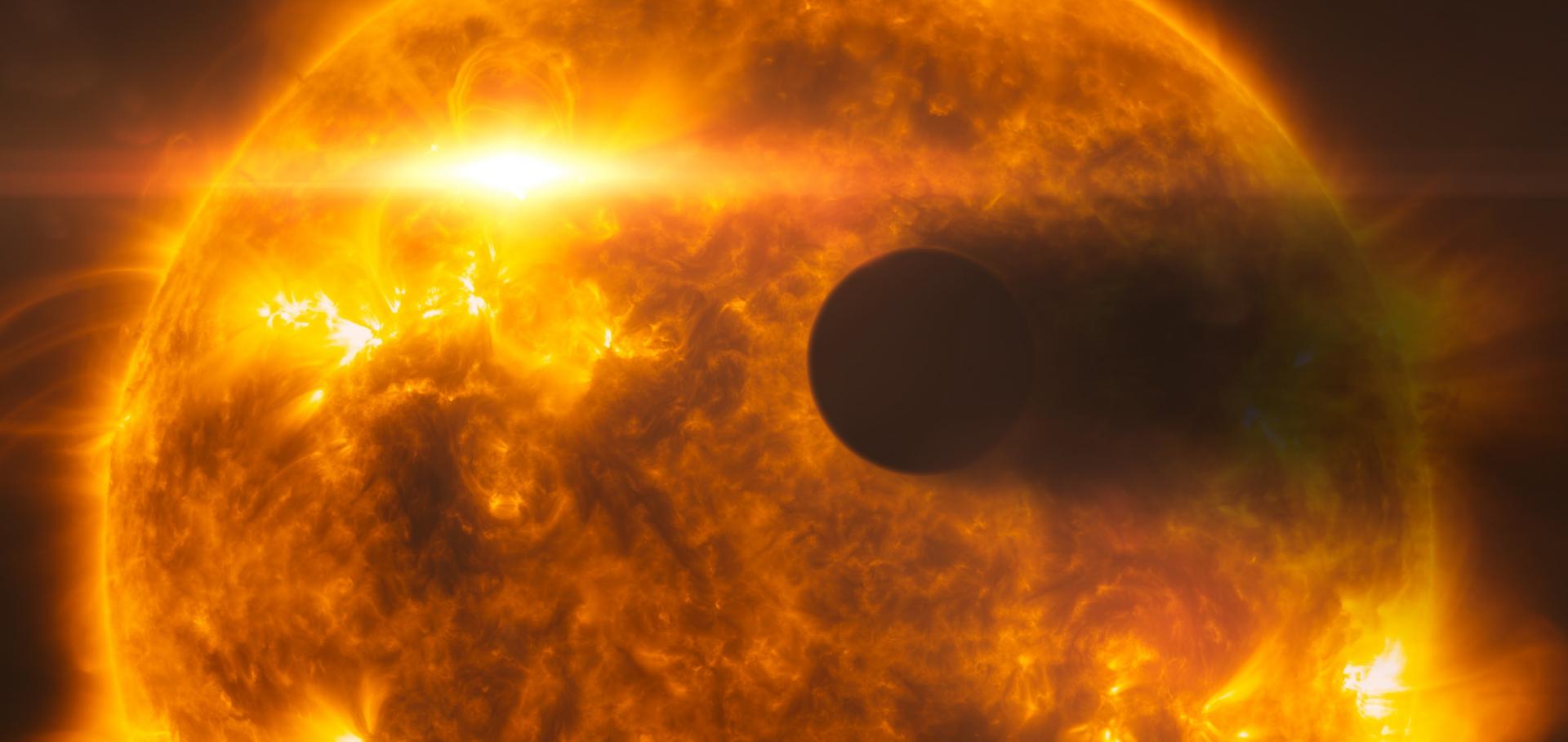Transiting exoplanets from the CoRoT space mission. XV. CoRoT-15b: a brown-dwarf transiting companion
åp 525 (2011) A68-A68
A simple method to estimate radial velocity variations due to stellar activity using photometry
Monthly Notices of the Royal Astronomical Society (2011)
ASTEP: Towards the detection and characterization of exoplanets from Dome C
DETECTION AND DYNAMICS OF TRANSITING EXOPLANETS 11 (2011) ARTN 06001
ASTEP: Towards the detection and characterization of exoplanets from Dome C
EPJ Web of Conferences EDP Sciences 11 (2011) 06001
Exoplanet discoveries with the CoRoT space observatory (vol 44, pg 520, 2010)
SOLAR SYSTEM RESEARCH 45:4 (2011) 374-375


